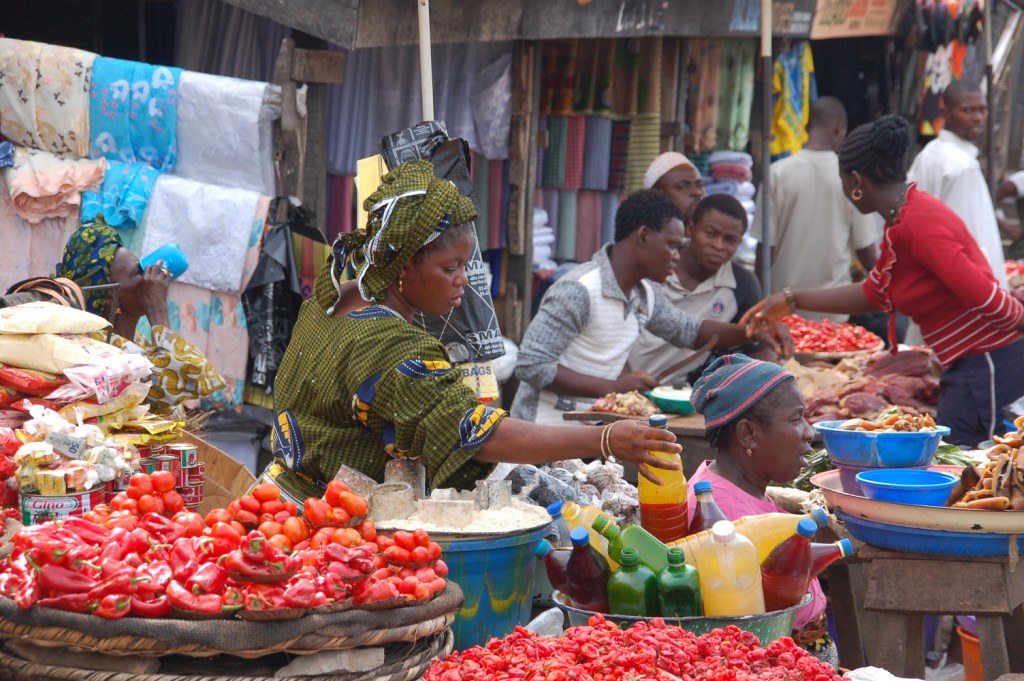A report by the Kenya Institute for Public Policy and Research (KIPPRA) released on Thursday, September 28 indicated that most Kenyans spend their money on food.
The report pointed out that the national households spend on average 54.3% of their expenditure on food purchases compared to 45.7% of the expenditure that is left and used in other nonfood expenditure.
Further, according to the report, “Rural households in Kenya spend a higher proportion (64.7%) of their income on food compared to peri-urban and core urban households who spend 58.0 per cent and 46.6 per cent, respectively (on food purchases). The major source of food consumed by households in Kenya is from purchases.”
Also Read: Oil Dealers Warn of Fuel Shortage After Ruto’s U-Turn
The bridge between food inflation and the cost of living
Food inflation plays a crucial role in determining the cost of living. When food prices rise, the cost of living also rises as people end up using more money to meet their basic needs.

Thus, food inflation places a heavier burden on low-income households since they spend most of their income on food.
Consequently, the effect of this is the reduction of purchasing power for most Kenyans from low to middle income households. Purchasing power, simply put, is the amount of goods that one unit of money can buy.
In recent times, due to the inflation, purchasing power has gone down since most Kenyan workers have not received a salary market adjustment in line with the rate of inflation.
Similarly, the prices of food in Kenya are affected by numerous factors, including the supply of food, demand of food and government policies.
Exchange rates, production costs of food and weather conditions affect the supply of food to Kenyans.
Government policies such as tax exemptions on certain products, infrastructure affecting food distribution and increases of demand that causes increase in prices due to limited food supply.
The effects of food inflation
For households, the surges in food prices have been causing a strain on household budgets. This strain results in food insecurity and malnutrition as some households cut back on the quantity or quality of food consumed to afford other necessities.
These food budget constraints also force poor families to forego other basic needs such as health and education. This leads to detrimental consequences for health and well-being for vulnerable populations.
According to the KIPPRA report, “To stabilize food prices, it is important to enhance agriculture productivity by adopting drought resistant crops, water management, and promoting kitchen gardening for food supply. Boosting local production of fertilizer will reduce the cost of production.”
Additionally, investing in adequate and appropriate market infrastructure, including local cooperatives, cold storage facilities, rehabilitation of rural roads/feeder roads and promoting market information flows through modern information technologies will enhance market access.
Also Read: Moses Kuria Cornered on Live TV Over Price of Cooking Oil
Also, effectively targeted social safety net programs during weather shocks are crucial in protecting vulnerable groups.
In recent times, the government of Kenya has been over fire over the rising food prices.
“Cooking oil is much lower than what you project there, and Kenyans know that. You’ve said correctly that the price has come down, but it’s not even to the level you have said. It is by 50% since we came to government,” Trade Cabinet Secretary, Moses Kuria said in response to being questioned about the prices of oil.
However, it was later proven that the prices of edible oil are still high and out of reach for many Kenyans.










































































